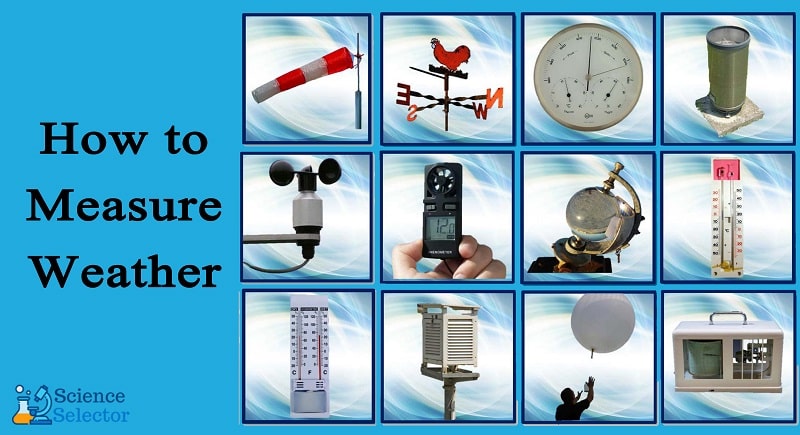The planet’s increase in temperature has risen to heights the world hasn’t seen in past years. Studies suggest the Earth is facing one of the largest climate changes in the world’s history. Over the past two million years, climate change has occurred several times. Throughout time, it’s taken 5,000 years for temperatures to increase by five degrees. But it is predicted that the Earth will warm in temperature between two and six degrees in the next 100 years. The effects of these kinds of changes create more of a global impact than just hotter days and longer summers.
Is the Sun to Blame?
The warmest ten years on record have occurred since 1998. And the warmest five years have occurred since the 2010s. Increased temperatures of this magnitude are impacted by more than heat from the sun. Researchers have found the earth’s increased warmth is not due to solar irradiance. Sunspot records indicate that solar irradiance affects ten percent of the Earth’s warming. If the sun were the source of the current temp increase, it would penetrate all layers of the atmosphere. In basic terms, temperature definition is the measurement of how hot or cold an object is. However, the heat of the Earth’s temperature is more complex. What is the temperature incline doing to the planet?
Human activity is the major cause of the changes we are seeing in the environment. In today’s world, we drive cars and use electricity on a daily basis. Also, large factories manufacture products that constantly burn fossil fuels which pollute the environment. A modern, more industrialized society has contributed to an increase in the release of carbon dioxide into the atmosphere.
Carbon moves from one side of the Earth to the other, and the use of fossil fuels is overloading this process. The natural cycle can’t eliminate carbon dioxide, hence, global climate change.
The Earth’s History and Today’s Current Temperature Conditions
In the last century, the atmosphere has warmed at a rapid rate. It’s escalated eight times faster than the recovery-warming period following the ice ages. Scientists believe that when fossil fuels burn, the greenhouse gases that are released cause the Earth’s temperature to increase.
For 800,000 years Antarctic ice preserves have trapped air bubbles that recorded the carbon-dioxide levels, and the difference in the levels has varied throughout history. But, during the 19th century, those numbers rose due to the use of large quantities of coal and oil. Furthermore, the sea level rise is greater than it was during the previous two millenniums. Because of these discoveries, scientists believe humans are the cause of global warming.
Natural factors such as volcanic eruptions and changes in the brightness of the sun are not proven to have a long-term effect that would influence such rapid rises in temperature. Certain gases in the atmosphere trap heat from escaping, which creates a barrier around the Earth.
When sunlight warms the planet the heat distributes back into space. The heat is then absorbed by greenhouse gases that warm the Earth’s surface and lower atmosphere. These kinds of gases are long-living and don’t respond to temperature changes, which forces global warming.
Information About the Greenhouse Effect
There are different types of gases that affect the atmosphere in a unique way. Water vapor is a “feedback” substance to the Earth’s climate. As the temperature in the atmosphere gets warmer, water vapor expands and creates the greenhouse effect.
A natural process called respiration also produces greenhouse gases. However, it is humans who are responsible for increasing carbon dioxide levels by a third since the Industrial Revolution. After many years, we’ve continued to experience the negative effects of pollution. Without a doubt, the modern world has caused harm to the planet.
The Consequences of Pollution
Deforestation is a big reason why we are experiencing drastic changes in the environment. Trees help regulate the climate, yet, lots of vegetation is cut down to clear the way for infrastructure and developments. When trees are set on fire, it pollutes the atmosphere because carbon dioxide spreads into the air. This process adds more harmful gases to the environment and forces climate change. The use of nitrous oxide for farming also adds to the cause of pollution. But above all, electricity generation is the main cause of carbon pollution.
In the United States, about 67% of total electricity generation in 2016 was produced from fossil fuels.
What are some other serious threats?
- When sea levels rise, military bases are at risk of flooding.
- Serious floods are also a direct threat to historical national parks.
- Heatwaves cause droughts which produce many issues for the world’s food supply.
- Rising temperatures are a danger to crops, animals and groundwater supply.
- Wildfires are harmful to forests, animals, and homes.
Negative changes in the atmosphere hurt the human race. These types of events have serious impacts on our physical condition. Polluted surroundings cause expensive public health care that affects the world’s economy. Studies have found that within the next ten years, climate change-induced ozone levels could result in 2.8 million additional respiratory illnesses in the United States. The combination of all health-related issues could cost approximately $5.4 billion in 2020 alone. And if global warming continues, the impacts and expenses could increase much higher.
The Impact Thus Far
The consequences of climate change will continue to cause further complications. So, what is temperature predicted to be like in the future? Droughts will become more frequent and summer temperatures are expected to continue to rise. The United States has had record-breaking temperatures over the past few years. In 2015, America experienced above-average temperatures. That year was the prelude to one of the hottest years on record in 2022.
Climate scientists conclude that the spike in temperature between 2021-2022 coincided with severe weather events. The analysis discovered that droughts, floods, and coral bleaching resulted from the incidents. Jianjun Yin, a Geosciences professor, says “global warming is accelerating.” He suggests that if we reduce greenhouse emissions, we can also reduce natural disasters during the 21st century.




